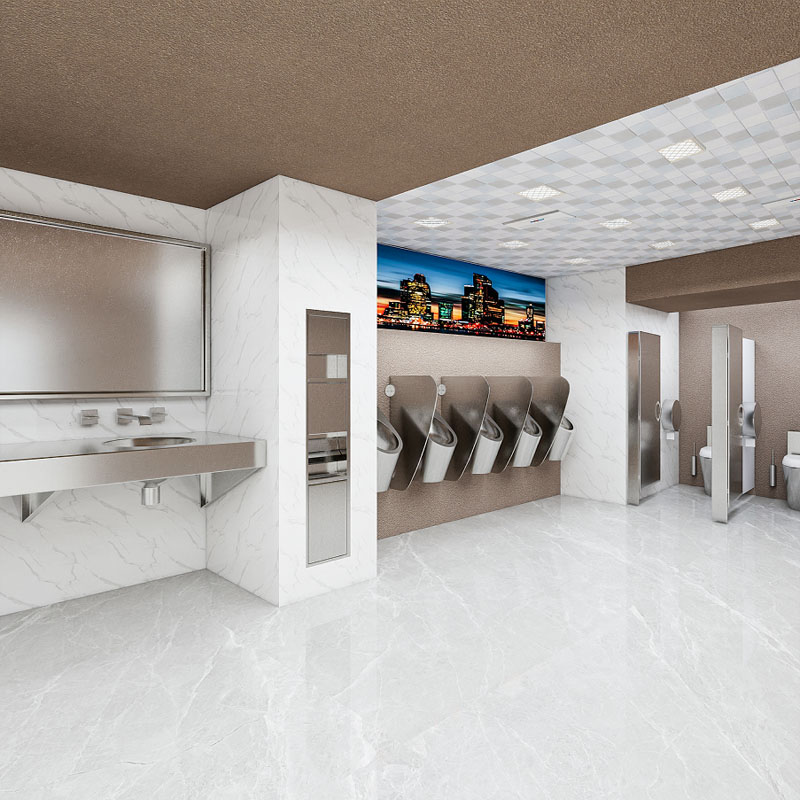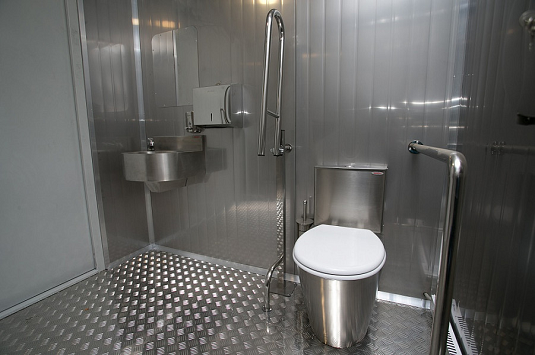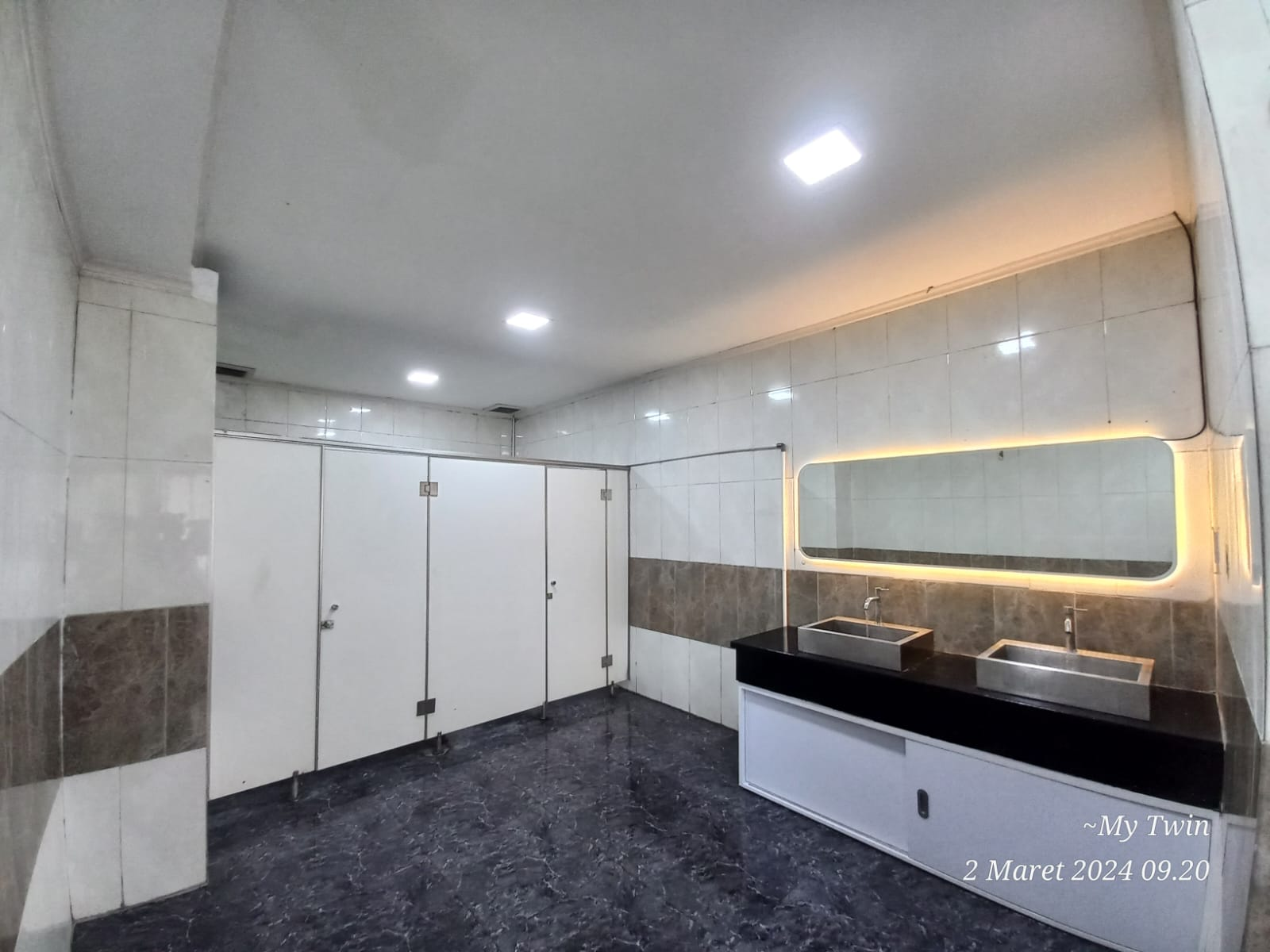In the ever-evolving landscape of bathroom fixtures and sanitation solutions, stainless steel toilets have emerged as a game-changing innovation. As we step into the future, these robust and sleek fixtures are poised to transform the way we think about hygiene, durability, and design in our bathrooms. This comprehensive exploration delves into the multifaceted world of stainless steel toilets, uncovering their origins, advantages, applications, and the promising road ahead.
The Genesis of Stainless Steel Toilets
The journey of stainless steel toilets began as a response to the limitations of traditional ceramic toilets. While ceramic has long been the standard material, it comes with inherent drawbacks such as susceptibility to cracking, limited design flexibility, and potential hygiene concerns due to porous surfaces. Stainless steel, with its remarkable properties, offered a compelling alternative.
Advantages of Stainless Steel Toilets
Unparalleled Durability
One of the most significant advantages of stainless steel toilets is their exceptional durability. Unlike ceramic, which can crack or chip over time, stainless steel can withstand heavy usage and harsh environmental conditions. This makes them ideal for high-traffic areas such as prisons, public restrooms, commercial establishments, and industrial settings. Their robust construction ensures longevity, reducing the need for frequent replacements and associated costs.
Superior Hygiene
The non-porous nature of stainless steel surfaces prevents the harboring of bacteria, mold, and mildew. This inherent hygienic property is a major advantage in maintaining sanitation standards. Easy cleaning and disinfection processes further contribute to a healthier bathroom environment, making stainless steel toilets a preferred choice for healthcare facilities, food preparation areas, and other environments where hygiene is paramount.
Design Versatility
Stainless steel offers unparalleled design flexibility. Its malleability allows for the creation of sleek, modern designs that can complement various architectural styles. From minimalist and contemporary looks to more elaborate and customized fixtures, stainless steel toilets can be tailored to fit diverse aesthetic preferences. This versatility makes them suitable for both residential and commercial spaces, adding a touch of elegance and sophistication.
Environmental Benefits
The production of stainless steel toilets generally consumes less energy compared to ceramic counterparts, contributing to lower carbon footprints. Moreover, stainless steel is 100% recyclable at the end of its life cycle, aligning with sustainable practices and circular economy principles. As environmental consciousness grows, the eco-friendly attributes of stainless steel toilets are becoming increasingly valuable.
Applications Across Various Sectors
Prisons
In correctional facilities, the durability and vandal resistance of stainless steel toilets are invaluable. The high-stress environment of prisons demands fixtures that can endure abuse and attempts at tampering. Stainless steel toilets provide the necessary robustness while maintaining hygiene standards, ensuring that sanitation needs are met even in the most challenging settings.

Public Restrooms
Public spaces such as malls, airports, train stations, and parks benefit immensely from stainless steel toilets. The high foot traffic in these areas requires fixtures that can withstand constant use without degradation. The easy-to-clean surfaces and resistance to damage make stainless steel toilets a practical and cost-effective solution for maintaining public sanitation.

High-Speed Trains
In the confined and often high-moisture environments of high-speed trains, space efficiency and durability are paramount. Stainless steel toilets offer compact designs that maximize space while providing the necessary functionality. Their resistance to corrosion and vibrations ensures reliable performance during transit, enhancing the overall passenger experience.

Ships
Maritime environments present unique challenges with saltwater exposure and constant movement. Stainless steel toilets are ideally suited for ships, as they resist corrosion from seawater and can withstand the rigors of maritime travel. Their secure installation and robust construction provide safety and functionality for crew and passengers alike.

Stainless steel toilets represent a significant advancement in sanitation solutions, offering a perfect blend of durability, hygiene, design flexibility, and environmental benefits. As technology continues to advance and consumer preferences evolve, these fixtures are poised to play an increasingly important role in our daily lives. From residential bathrooms to specialized industrial settings, the applications of stainless steel toilets are expanding, promising a cleaner, more efficient, and sustainable future for sanitation. Embracing this innovation is not just a step towards modernization but a commitment to a healthier and more environmentally conscious world.
